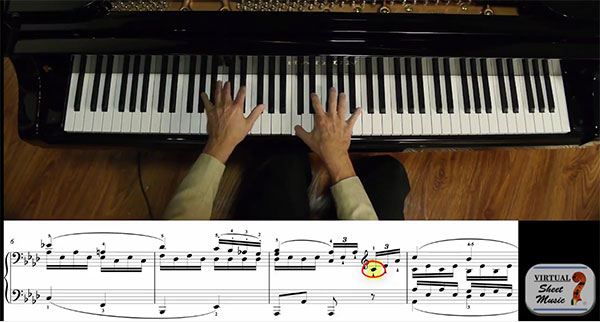Moving a piano is a very complex process. It’s not as simple as boxing it up and sending it through the mail! A piano must be moved with the utmost care and consideration for the instrument. As a company that sells pianos all over the world, Living Pianos is very well versed in what it takes to get a piano moved across the country and around the world.
The biggest issue with moving a piano is hiring the right people. When it comes to moving a grand piano, you never want to hire a general purpose mover; you need to hire a professional piano mover. You might be able to have a general purpose mover take care of an upright piano, but even then, you are much better off hiring professionals who specialize in moving only pianos. When it comes to moving a grand piano, you need special equipment such as a grand board, straps, pads and the ability to attach the instrument to the side of the truck. You will also need to remove the legs and pedals. It’s much easier and safer to have a professional who knows how to take care of these things deal with it; hiring an amateur or trying to move the piano yourself could damage your piano.
The problem you will run into next is that there are a very limited amount of companies that move pianos across the USA. These companies have trucks crisscrossing the country all the time and you have to time their arrival in your area correctly in order to get the piano moved quickly. If one of their trucks is in NY and you live in CA it could take a long a time before they are back in your area. You can contact several piano movers to see who can move the piano quickest and for a reasonable price. This is why it’s extremely difficult to get a piano moved across the country on short notice – make sure you plan well ahead for a complicated move across multiple states.
In reality, it can take anywhere from a few weeks to a few months to move a piano across the country. It’s a tough task and something certainly left to professionals to handle. Plan ahead of time and never wait until the last minute to plan a piano move. If you need information or help with a piano move, you are welcome to call us here at Living Pianos.
I hope this was helpful and if you have any questions about this topic or any other please email us Info@LivingPianos.com for more information.











